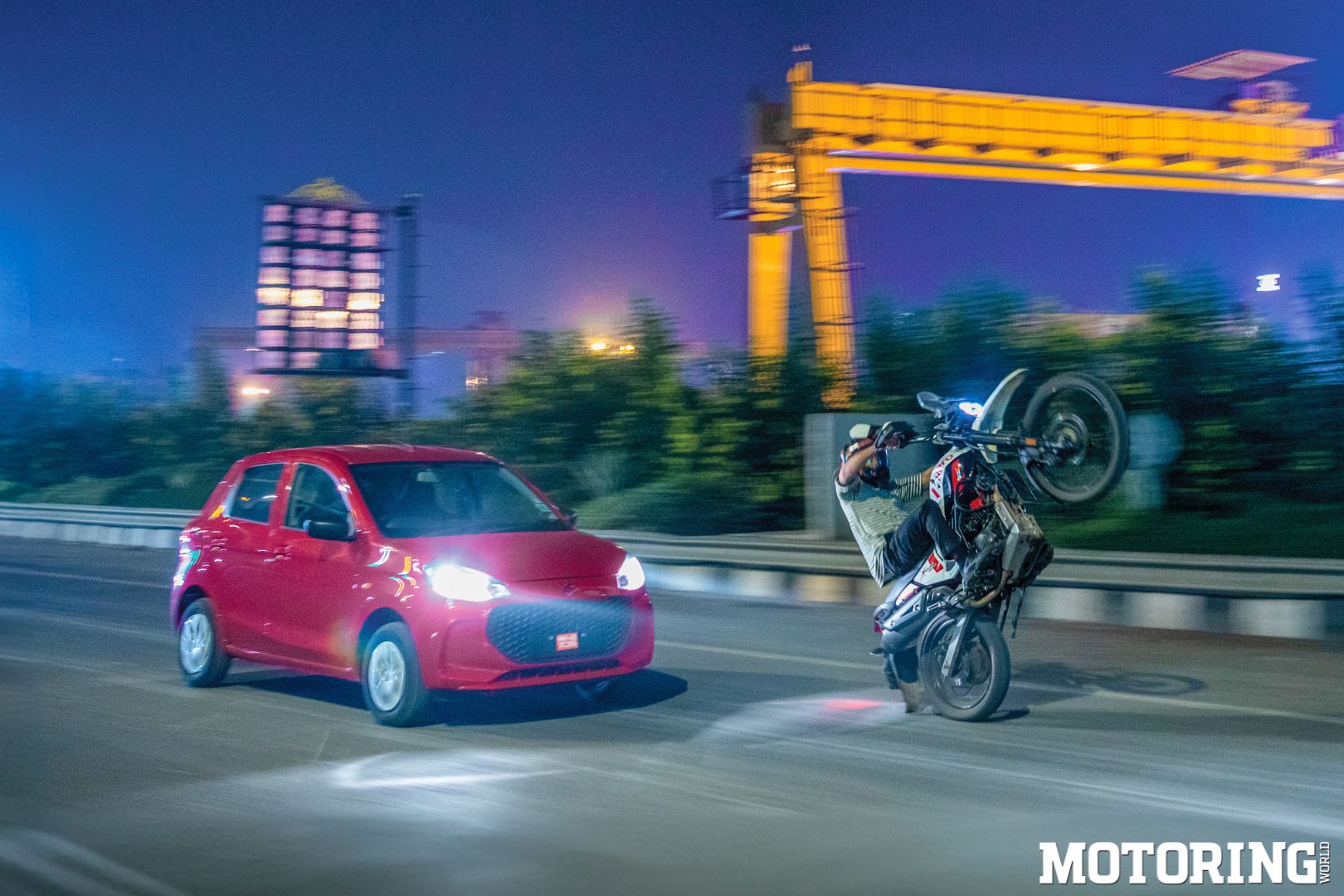Cars in Japan are known, simply, as cars. It’s like how the Chinese refer to their lunch. It’s just rice mixed with whatever animal isn’t required to show up that morning at the state-funded chemistry lab. There’s no Chinese lunch in China and there aren’t any JDM cars in Japan. To them, they’re simply lunch and cars. It could be alleged, therefore, that there’s an entire breed of enthusiast cars that hasn’t received its due nametag and the western patronisation that typically follows — the IDM scene. That’s short for Indian Domestic Market, for those of you who couldn’t figure.

Welcome to something you’ve been a part of all your life. Think about it. It’s quite an illustrious list, even if you look at just the last couple of decades. The Ford Ikon 1.6 SXi, Maruti Suzuki Zen, Mitsubishi Lancer, Honda City… okay, so most of these are hand-me-downs from elsewhere in the world but it’s in India that they found an identity — and celebration. The first-gen Honda City made in 1981 was, for instance, so ghastly, Honda had to stuff a free scooter into its boot just so someone would buy it. Look up ‘Motocompo’ on the web. In India, though, there’s hardly a more coveted name than the City, as unimaginative a nameplate as it may be. A little better on imaginative nomenclature is the Alto. A musical range lower than a soprano and higher than a tenor. Yes, sure. Mash the accelerator pedal into the flimsy carpeting behind it and some form of high-perched musical note does emerge from its footwell. The Maruti Suzuki Alto is a fast car. It may be the slowest car in this issue (Karl’s VW doesn’t count, okay?) but it’s among the most fun.
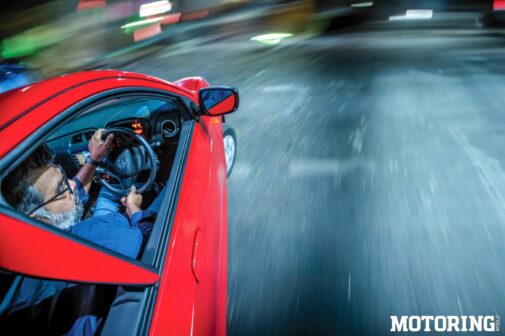
You need to have spent long enough behind the wheel of a featherweight, front-engined, front-wheel driven car to know what kind of dramatics it holds the ability to perform. Wait, we’re in India in 2024 — we’ve all spent long enough in that kind of car! Over-sensitive handbrakes, lift-off oversteer, short-gearing… These are some of the defining characteristics of IDM cars. Quite geo-culturally appropriate too, because, as the age-old question persists, where are the roads to drive fast? Legally? No chance! As a country, therefore, our substitute for speed for a long time has been the sensation of speed itself. So what if you can’t actually drive fast? You can ‘feel’ like you’re driving fast, no? It’s a perfectly acceptable solution.
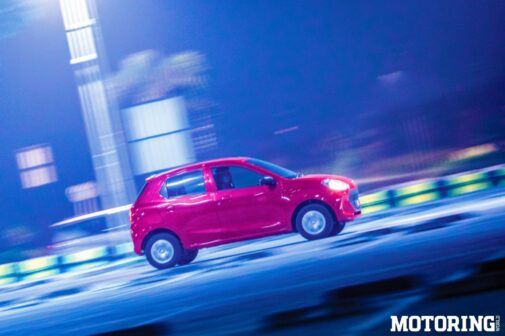
The other substitute for speed is opportunity. With an Alto K10, in Mumbai, that opportunity lies in the dead of the night. Despite the smog, midnight allows you to see much further ahead of where your car’s front bumper ends. There are fewer chances of a pedestrian spawning in the middle of the road, doing a little trending dance step in your path before streaking off to the other side. And you’re no longer sharing the road with a million other vehicles out to get you. Just a few thousand. That makes a huge difference, in a city as densely crammed together as Mumbai. It’s enough room for the Alto.
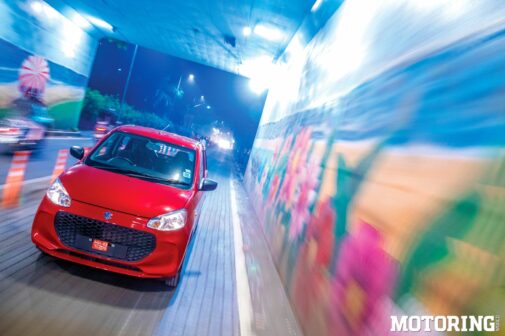
There was a tinge of boyhood in the musty air of my basement parking bay as I snuck it out onto the ramp, moments before midnight, with the speakers blaring Fast & Furious hits. That the press car was unregistered added to the feeling of lawlessness, and that it took me the good part of ten minutes to get its Android Auto configured made it all seem like I was getting into a machine too good for my driving calibre. It is, anyway. The AMT didn’t perplex me in the least. I owned a Celerio AMT for four years before trading up to a RWD Thar and getting past the lack of a height-adjustable steering wheel — and a height-adjustable seat — was really just all too easy. The IRVM was close enough to my face to qualify as a VR headset and, no, there wasn’t any day/night adjustability on offer either.
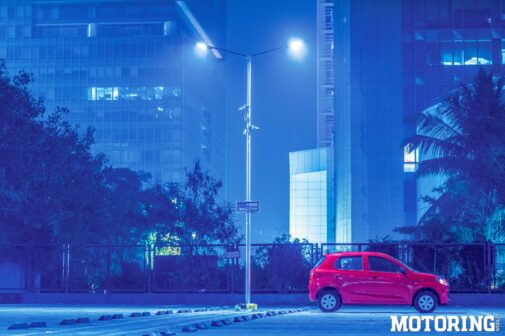
The Alto is really as elementary as cars can get and it wouldn’t even have had that touchscreen if the masses wouldn’t have insisted. Or had the competition not given into that insistence first, to be more accurate. Having merged with a moderately populated highway, I could feel how little real estate I was occupying in the Alto. Almost everything around you is larger. Motorcycles, SUVs, the toll booth attendant. The Alto really makes you feel invisible and I somewhat get why people are in a hurry to move up to SUVs. Compact hatches make you feel insignificant. The Alto makes up for it, though, by being utterly peppy. It’s ever willing to do a little jig, to spin up its wheels, to respond to your every little input — be it to the throttle, the steering or especially the brakes — and while it lacks the finesse of, say, a Ferrari 488 (what better example of responsiveness than that, right?) it compensates with its charming willingness.
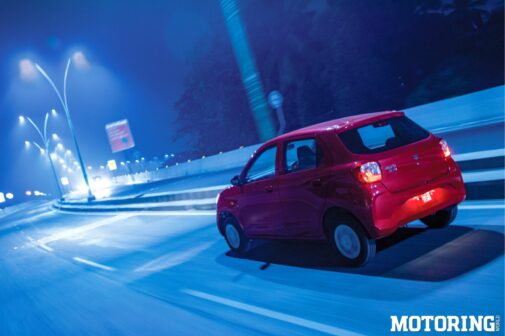
When you roll up in an Alto, nobody takes you seriously. Nobody wants to ask you what you do for a living. Nobody tries to lean on its bonnet and take selfies. Nobody wants much to do with you at all. A Ferrari robs you so cruelly of this priceless anonymity. That leaves you free to get close to every driving enthusiast’s eternal conquest — motoring nirvana. That term, while immensely subjective, typically implies an indulgent, uninterrupted driving experience that creates a strong emotional elevation. The sort of situation that makes the distinction between man and machine disappear. Where the relationship between the driver and the car turns sensory. Where your car and you make music and memories, all at once. So what if you only happened to be doing 65 kph through it all?





